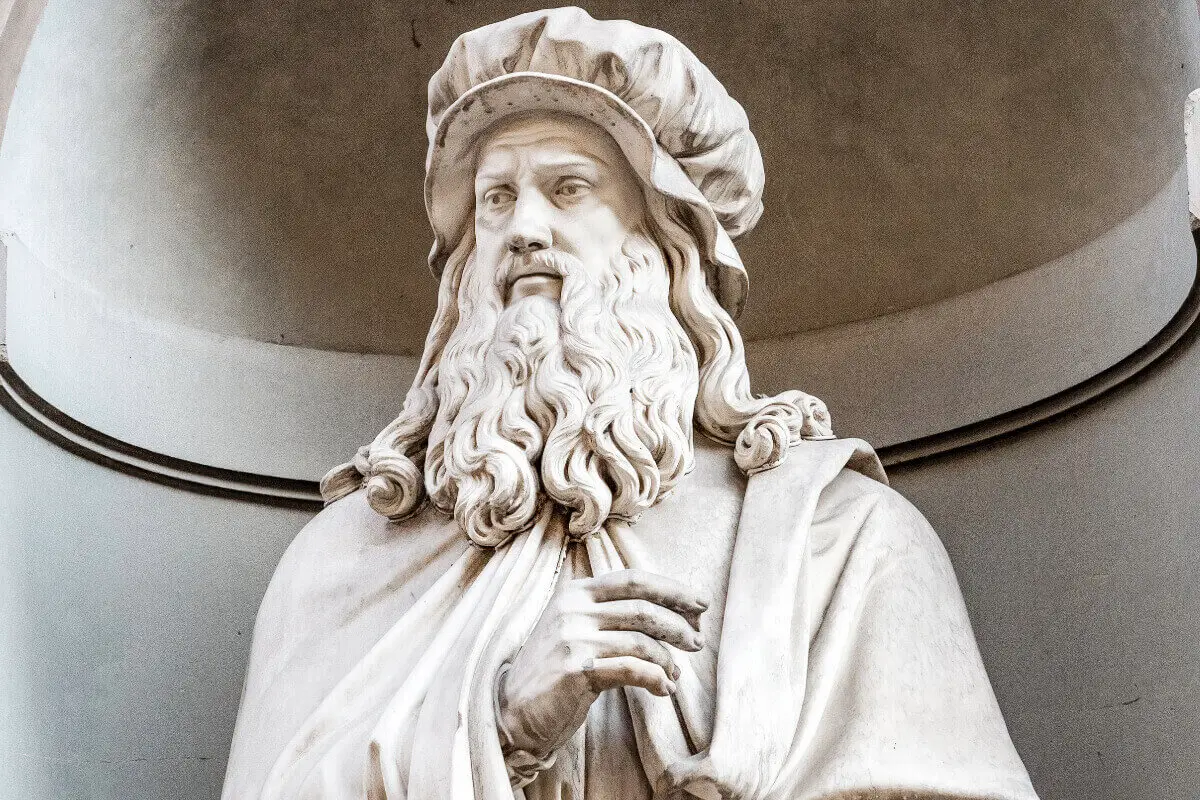At the heart of the Italian Renaissance, a figure emerged whose profound influence on the world of art remains incomparable to this day. Leonardo da Vinci, a polymath and visionary, embarked on his artistic journey amid the flourishing cultural landscape of Florence.
His apprenticeship under Andrea del Verrocchio honed his burgeoning talent and carved the path for his unique assimilation of the Florentine school’s styles and themes. As we venture into the rich tapestry of Leonardo’s early artistic endeavors, we gain insight into the milestones that shaped his preliminary works and set the stage for his lifelong ambitions of depicting the subtleties of human expression and the complexities of the natural world.
Table of Contents
- Leonardo’s Early Artistic Training and Influences
- Leonardo’s Art and Its Impact on the Future of Art
- Related Questions
Leonardo’s Early Artistic Training and Influences
The Formative Influence of Apprenticeship in Leonardo da Vinci’s Artistic Ascendancy
The intricate tapestry of factors that culminate in the artistry of a master is often as fascinating as the works of art themselves. In the canon of artistic geniuses, Leonardo da Vinci stands as a quintessential example of how early training can shape not only the skill set but also the intellectual breadth of an artist.
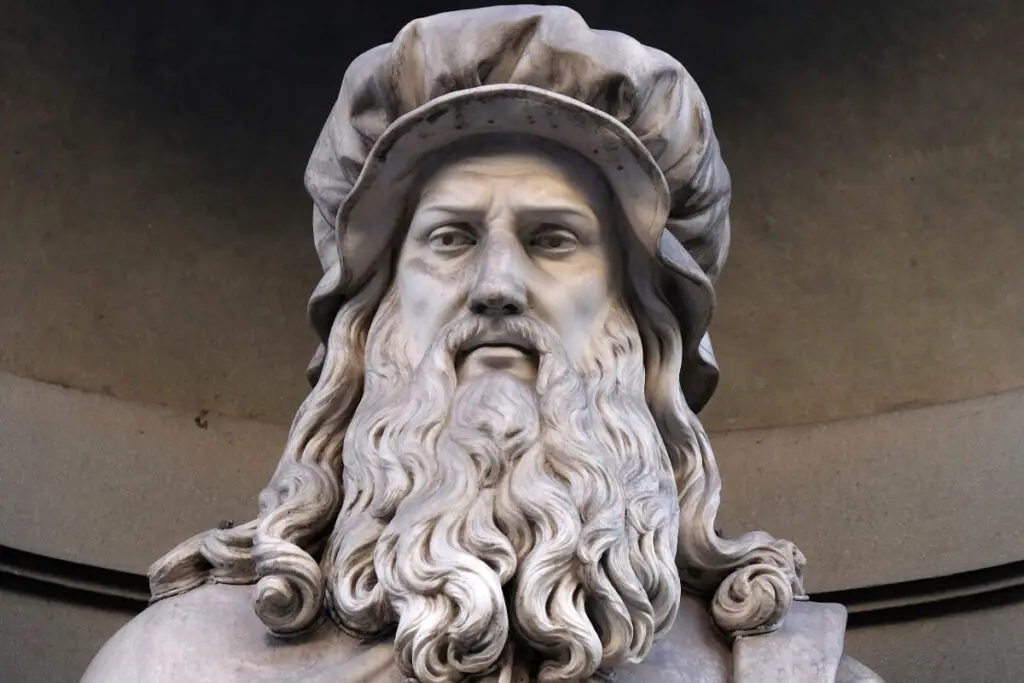
As we delve into the apprenticeship that sculpted Leonardo’s artistic mastery, we discern a blend of rigorous instruction, exposure to diverse techniques, and the cultivation of an insatiable curiosity that ultimately defined his legendary contributions to art and science.
In 1466, young Leonardo, at about fourteen, secured an apprenticeship with the renowned artist Andrea del Verrocchio in Florence. Verrocchio’s workshop was a nexus of artistic activity and a fertile ground for burgeoning talent.
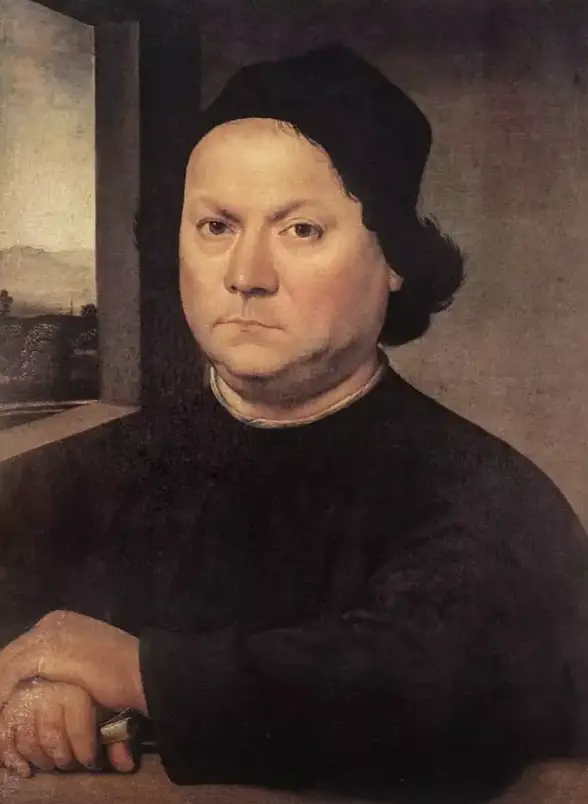
This environment afforded Leonardo a multifaceted education in painting and sculpture and a wide array of applied arts and mechanical processes. Here, within these creative confines, Leonardo’s foundational skills in drawing, chiaroscuro, and the delicate use of sfumato began to crystallize.
Of particular significance was the holistic approach to art that Verrocchio’s workshop endorsed. Apprentices were encouraged to study anatomy to enhance the realism of their figures, a practice that Leonardo adopted fervently.
His meticulous dissections and studies of human and animal forms are a testament to his relentless pursuit of understanding the underlying structures that inform surface anatomy. This scientific rigor, kindled in his formative years, would permanently intertwine with his artistic endeavors, creating a synergy between observation and creativity that marked his entire career.
Moreover, the collaborative nature of the workshop stimulated Leonardo’s exposure to many materials and artistic problems. Engaging with diverse projects, from large altarpieces to intricate metalwork, expanded his technical repertoire and fostered an adaptability that would serve him throughout his life.
The workshop culture, which nurtured collaboration rather than competition, instilled in him the virtues of patience, meticulousness, and a profound appreciation for the interconnectedness of various forms of craftsmanship.
It is not understated that Florence played an active role in Leonardo’s development. The city was awash with the humanist ideas of the Renaissance, a movement that sought to rekindle the lost knowledge of classical antiquity. The stimulation of this intellectual climate further infused depth into Leonardo’s artistic philosophy, as witnessed in his later works, which are replete with symbolic meaning and laden with the wisdom of his time.
To distill the essence of how early training shaped Leonardo da Vinci’s artistic mastery is to recognize the confluence of a conducive learning environment, a culture of rigorous interdisciplinary study, and an immersion in a vibrant intellectual milieu.
Reality is captured as it appears to the unaided eye and exists in its most profound form. These elements were carved into the fabric of Leonardo’s being during his apprenticeship, propelling him toward an insatiable quest for knowledge and a portfolio of art that speaks to the endless layers of expertise and passion behind its creation.
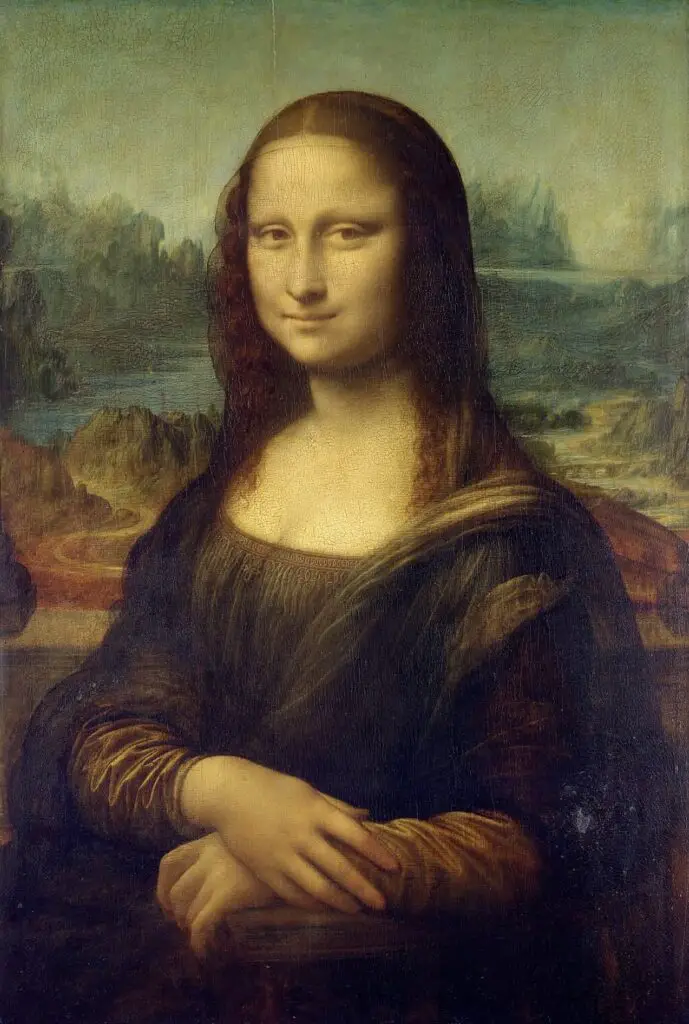
Few works in art history have been as scrutinized and revered as the iconic ‘Mona Lisa.’ Devoid of any flamboyant backdrop or accouterments, the portrait captures a veritable human soul through the subtlety of expression.
Her enigmatic smile, neither fully formed nor absent, speaks to Leonardo’s intent to evoke a psychological aura rather than portray a static physiognomy. This desire to imbue his depictions with a profound internal life was revolutionary and points to an artist unwaveringly committed to capturing the intangible essence of humanity.
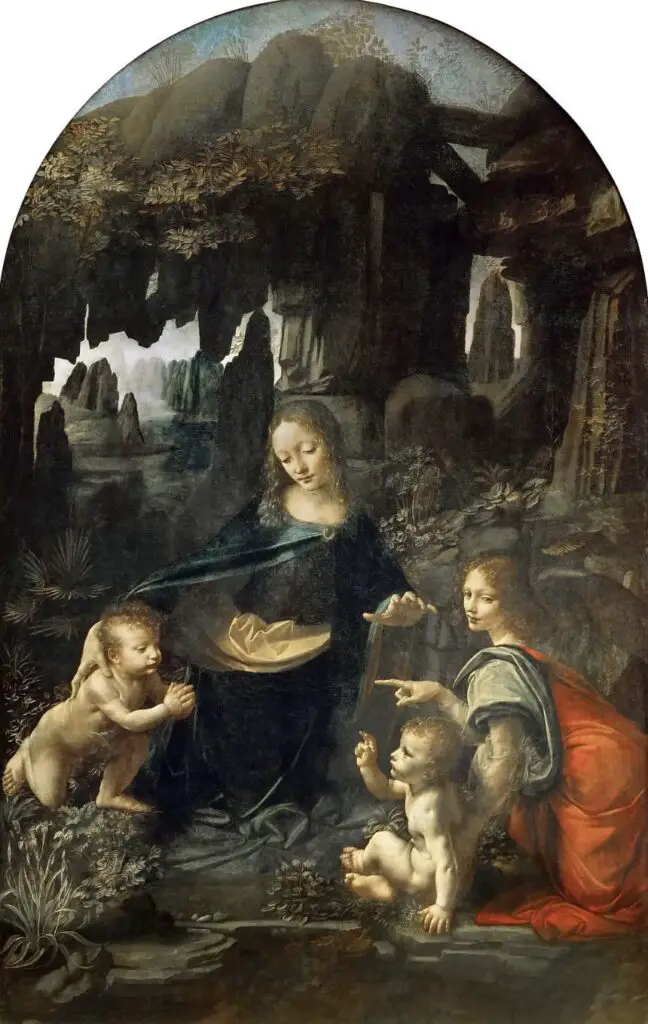
Leonardo’s depiction of religious narratives also offers profound insights into his artistic vision. ‘The Virgin of the Rocks’ illustrates his deft skill at intertwining nature and the divine, placing his holy subjects within a geological wonderland that feels both mystical and palpable. The work harmonizes religious iconography with naturalism, furthering the Renaissance ideal of linking the empirical world to the spiritual.
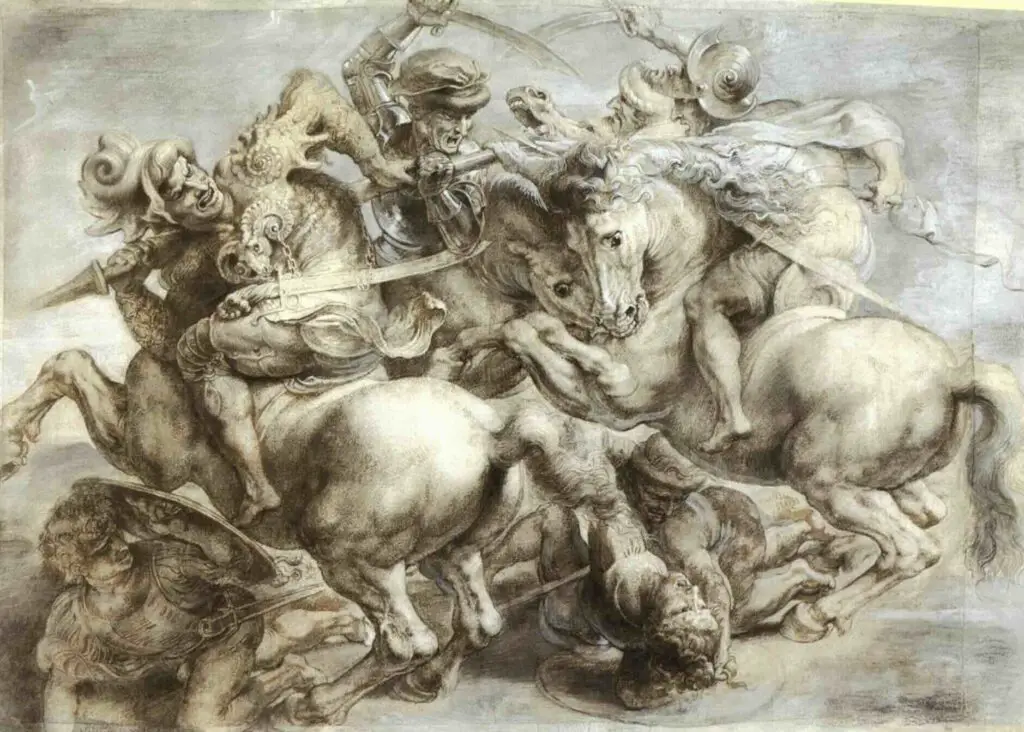
Furthermore, the unfinished mural ‘The Battle of Anghiari’ provides evidence of Leonardo’s inclination towards dynamic compositions. The intensity of movement, the ferocity of expressions, and the intricate play of limbs depict not just a scene of battle but the notion of conflict and chaos itself. This grand conceptual execution underscores Leonardo’s aspiration to represent the philosophical and emotional undercurrents of human experiences.
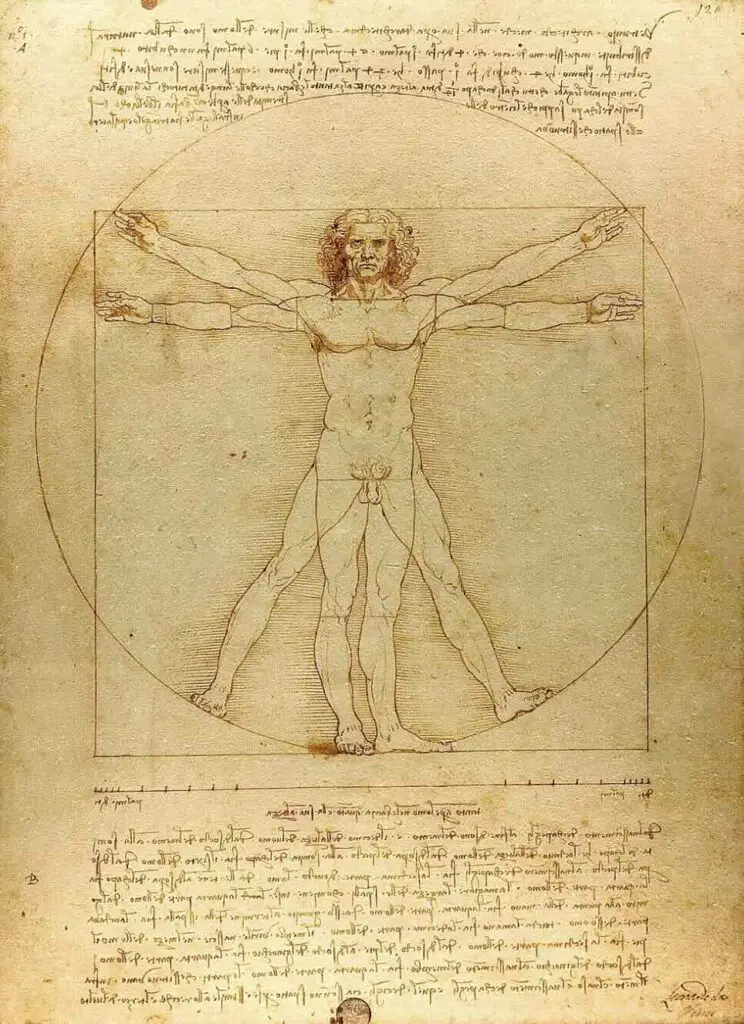
Leonardo’s anatomical drawings, with their meticulous attention to the mechanics of the human body, merge art and science. His ‘Vitruvian Man’ epitomizes this fusion, showcasing his dedication to proportion and his quest for understanding the correlation between man and the universe. Such works stand as a testament to an artist whose vision was both of and beyond his time, one who sought universal truths through the medium of art.
In essence, Leonardo da Vinci’s most notable compositions transcend traditional boundaries of artistic pursuit and reflect a holistic and integrative vision. His approach embraces the world’s complexity, attempting to capture its essence through the dual lenses of artistic sensibility and scientific inquiry.
His work remains, therefore, an enduring paragon of Renaissance ingenuity, serving as an irrefutable benchmark of creative excellence for the subsequent epochs in the annals of art.
Leonardo’s Art and Its Impact on the Future of Art
The Legacy of Leonardo da Vinci: Pioneering Antecedence in Art
Leonardo da Vinci, a paragon of the Renaissance intellect, left an indelible imprint on the realm of art, which has endured through the ages and continues to be studied, revered, and emulated. His contributions to the art world showcase a supreme proficiency in technique and aesthetics and display an unparalleled synergy between empirical observation and artistic innovation.
Delving into the iconic ‘Mona Lisa,‘ one discerns the psychological depth it encapsulates. Da Vinci’s Mona Lisa is famed for its enigmatic smile and sophisticated rendering of the human psyche.
Through subtle gradations of light and shadow and a profound understanding of human expression, the painting transcends mere representation and verges on the poetic, thus setting a benchmark for portraiture that aspires to capture the intangible essence of a person’s character.
Moreover, Leonardo seamlessly wove elements of nature into his depiction of sacred narratives, imbuing them with a grandeur and realism that invites contemplation. In his paintings, the divine unfolds amid recognizable landscapes, grounding biblical tales in the tactile reality experienced by the observer. This fusion of the divine with the natural world would inspire religious art for generations, urging a balance between idealism and actuality.
Though left unfinished, the fresco ‘The Battle of Anghiari, bequeathed a legacy of dynamic composition to the art community. Leonardo’s vigorous portrayal of a skirmish emanates unbridled energy, representing human conflict and chaos, pushing the boundaries of narrative expression in art. This foray into the heart of tumult influenced future artists to capture the vigor and drama inherent in historical events with more extraordinary verve and immediacy.
In his anatomical studies, Leonardo’s unification of art and science culminated in masterpieces such as the ‘Vitruvian Man.’ His meticulousness and dedication to the underlying structure of the human body not only advanced the field of anatomy but also established a precedent for incorporating scientific precision into artistic endeavors. This practice would become integral to naturalistic representation in the centuries that followed.
Using a holistic approach, Leonardo endeavored to unravel the world’s complexities, infusing his art with a sense of wholeness that sought to encapsulate life’s diverse facets. His integrative perspective urged viewers to consider art not as an isolated spectacle but as a reflection of the interconnected universe. This philosophy has permeated artistic practice and theory to this very day.
In the final analysis, the repercussions of Leonardo’s art have rippled through time, influencing multitudinous epochs in the annals of history. Artists inheriting this rich legacy continue to engage with Leonardo’s innovation, seeking to understand the masterful conjunction of light, shadow, anatomy, and emotion he wielded.
Thus, Leonardo’s potent blend of precision and effect has become a timeless fountainhead of inspiration, cementing his role as the progenitor of artistic movements that would unfold over subsequent centuries.
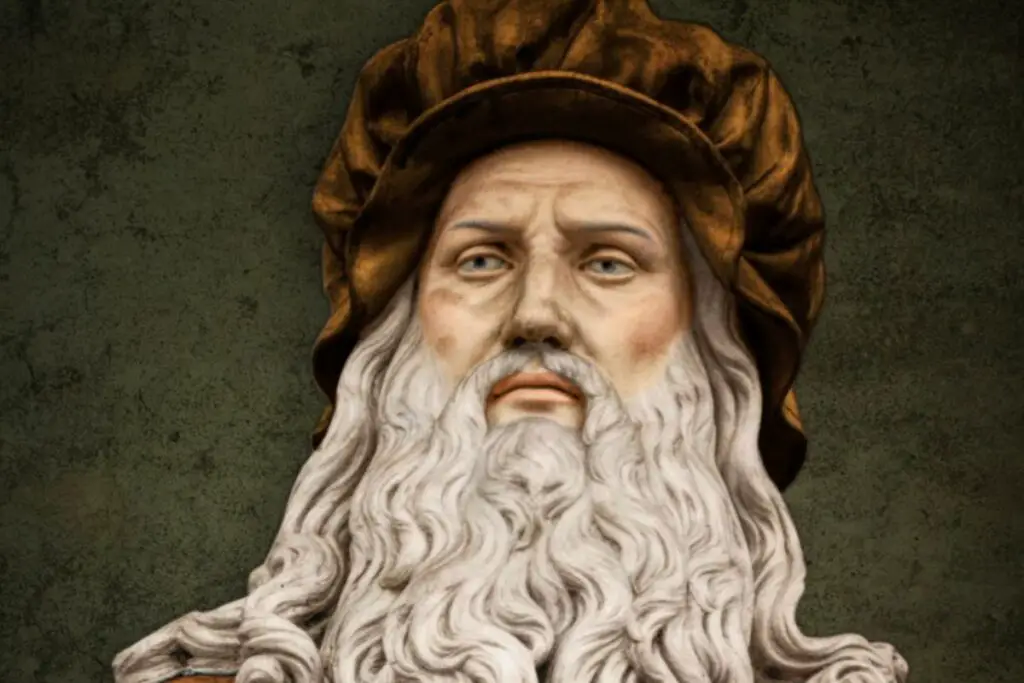
Leonardo da Vinci’s odyssey through art was a symphony of ceaseless innovation, the echoes continuing to reverberate through the ages. His work emerges not just as grand masterpieces of aesthetic splendor but as profound inquiries into the human condition, casting long shadows on the canvas of history.
The diligent application of his inventive techniques and the depth of his intellectual curiosity fostered a legacy that perennially inspired generations, cementing his role as a vanguard of artistic evolution. By peering through the lens of Leonardo’s creative, scientific, and philosophical explorations, we connect with an enduring lineage that bridges the past and the present, continuing to enlighten and shape the future of artistic expression.
Anita Louise Art is dedicated to art education, great artists, and inspiring others to find and create their art. We love art that uplifts and inspires. #ArtToMakeYouSmile! #ArtToMakeYouHappy!
If you are interested to see any of my art, you can find out more by clicking here. If you are interested in what inspires me and my paintings, you can discover more by clicking here.
We have a free newsletter and would love you to be part of our community; you can subscribe to the newsletter by clicking here. If you have any questions, I would be happy to talk to you at any time. You can reach me, Anita, by clicking here.
Subscribe to our Anita Louise Art YouTube Channel filled with great videos and information by clicking here.
Join us for our podcast “5 Minutes With Art.” Spend just 5 minutes a week with us to discover and learn about great art and artists. You can find out more about our podcast by clicking here.
Related Questions
The Masters Of Marble And Clay: Artists In Ancient Greece
The allure of Ancient Greece is not merely confined to its epic tales of heroes, groundbreaking philosophies, or influential political ideologies. It permeates an equally significant domain – the sphere of art – where artists wielded chisels and brushes to breathe life into marble and clay.
By clicking here, you can learn more by reading The Masters Of Marble And Clay: Artists In Ancient Greece.
Reflecting The Self: Rembrandt & Van Gogh’s Self-Portraits
Rembrandt van Rijn and Vincent Van Gogh are two significant figures who significantly contributed to the self-portraiture tradition. Their works redefine self-portraiture and give us a glimpse into their lives and the periods they lived and worked.
By clicking here, you can learn more by reading Reflecting The Self: Rembrandt & Van Gogh’s Self-Portraits.
The First Brush Stroke: A Beginner’s Guide To Oil Painting
Art speaks a universal language of creativity and expression in its myriad forms. One of its most vibrant dialects is an oil painting, a medium steeped in history and rich with possibilities.
By clicking here, you can learn more by reading The First Brush Stroke: A Beginner’s Guide To Oil Painting.

